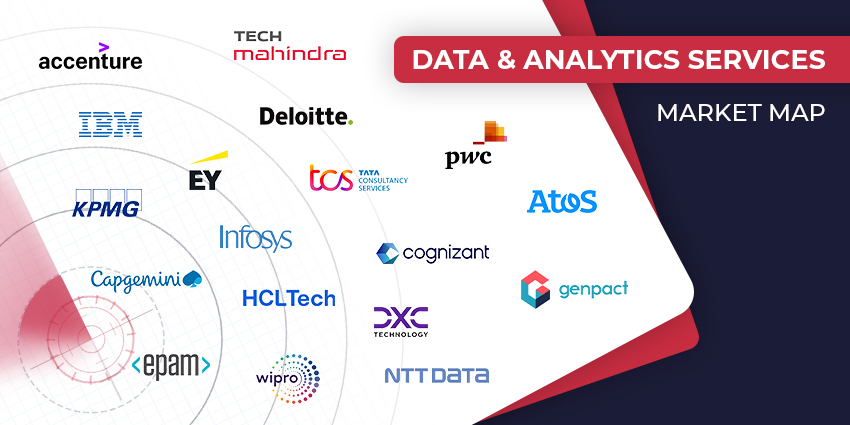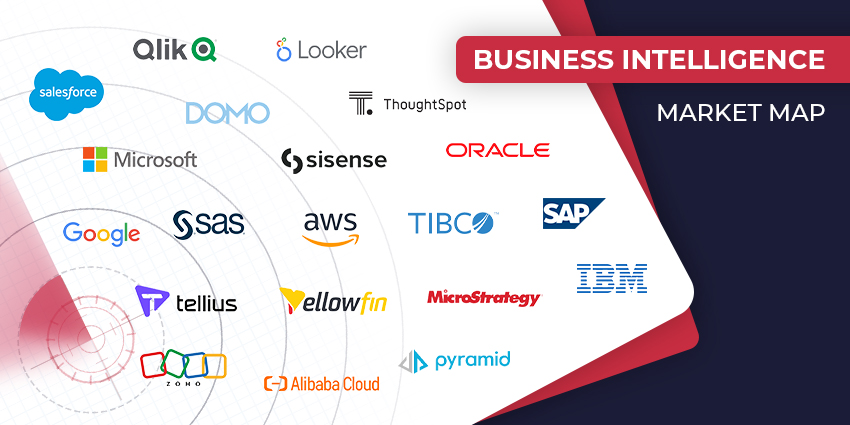As hype around the metaverse dies down, following a year of million-dollar virtual land grabs and companies launching NFTs, experts are starting to differentiate between science fiction and real-world applications of the technology.
From customer service agents as avatars, to holograms, to augmented reality diagnostics, companies are exploring, if cautiously, how to improve customer experiences in the virtual world.
CX Today tapped on the expertise of Dr Nicola Millard, Principal Innovation Partner at BT, who spoke to Senior Editor Charlie Mitchell about how the telecoms giant is thinking about utilizing these new technologies.
Navigating the Opportunities and Challenges of Customer Service in the Metaverse
Millard said being able to provide a rich 3D experience, rather than a flat 2D experience, would allow users to explore 3D spaces in real time, rendered with customer service people within them.
“If you were building a virtual retail experience, for example, it needn’t just be the product,” said Millard. “You could also have your people wandering around, or bots initially, to talk to customers and engage with them and then potentially link back into humans.”
But there are challenges around the current iterations of the metaverse. Platforms like Decentraland, which surged in popularity last year and has hosted brands from Samsung to Estee Lauder, are closer in user experience to Second Life than to a true metaverse, where users are fully immersed in their virtual surroundings.
The current technology used to access virtual worlds, such as VR headsets, also present limitations, which Millard described as VR’s “vomit problem”. She added:
Not all of it requires glasses, of course, we can use smartphones, or indeed even just the PC screen to engage. So I think the future is more Pokémon Go! than The Matrix.
Leveraging Next-Gen Video to Create New Customer Experiences
Bringing things closer to reality, Millard expressed optimism for volumetric video, which encompasses technologies like real-time generation of avatars and holograms.
“That’s the next generation video. It’s bringing video into 3D,” she said. “It uses multiple cameras to capture [an object] in real time.”
Applications for volumetric video at an enterprise level include recording customer service people to provide a more life-like customer interaction, but experts say that’s just the beginning of its potential.
“This capability has endless opportunities for the enterprise,” metaverse expert Cathy Hackl wrote in Forbes. “These include employee training, education, customer service, corporate communications, […] and beyond.”
She added that volumetric video can also help showcase best practices and increase team cohesiveness, thanks to its life-like video rendering capabilities.
Using AR for Front Line Customer Service
There is a metaverse-inspired technology that is already being used in real-world applications, and has shown both cost-saving capabilities for enterprises and an improved experience for customers: augmented reality.
Millard said BT has been implementing AR diagnostics in its engineer outcalls, where the company asks a customer for permission to access the camera and light on their smartphone to “see” their broadband setup, and then uses pattern recognition and AI to identify wires and sockets and auto label them. This allows an engineer to remotely talk to the customer through any issues, and even give annotations.
“The advantage is obviously, sending an engineer out takes time and money, and customers have to wait for potentially the engineer to just go in and go, ‘Well, you’ve got the wrong thing plugged in,’ so that kind of technology could augment the experience,” said Millard.
It’s not all science fiction. The building blocks are there and are interesting in terms of how we actually apply them.
Even though the arrival of a true metaverse might be years away, companies are already preparing their customer experience operations for this virtual future, with Gartner estimating that 30 percent of them will have metaverse-ready products and services by 2026.







